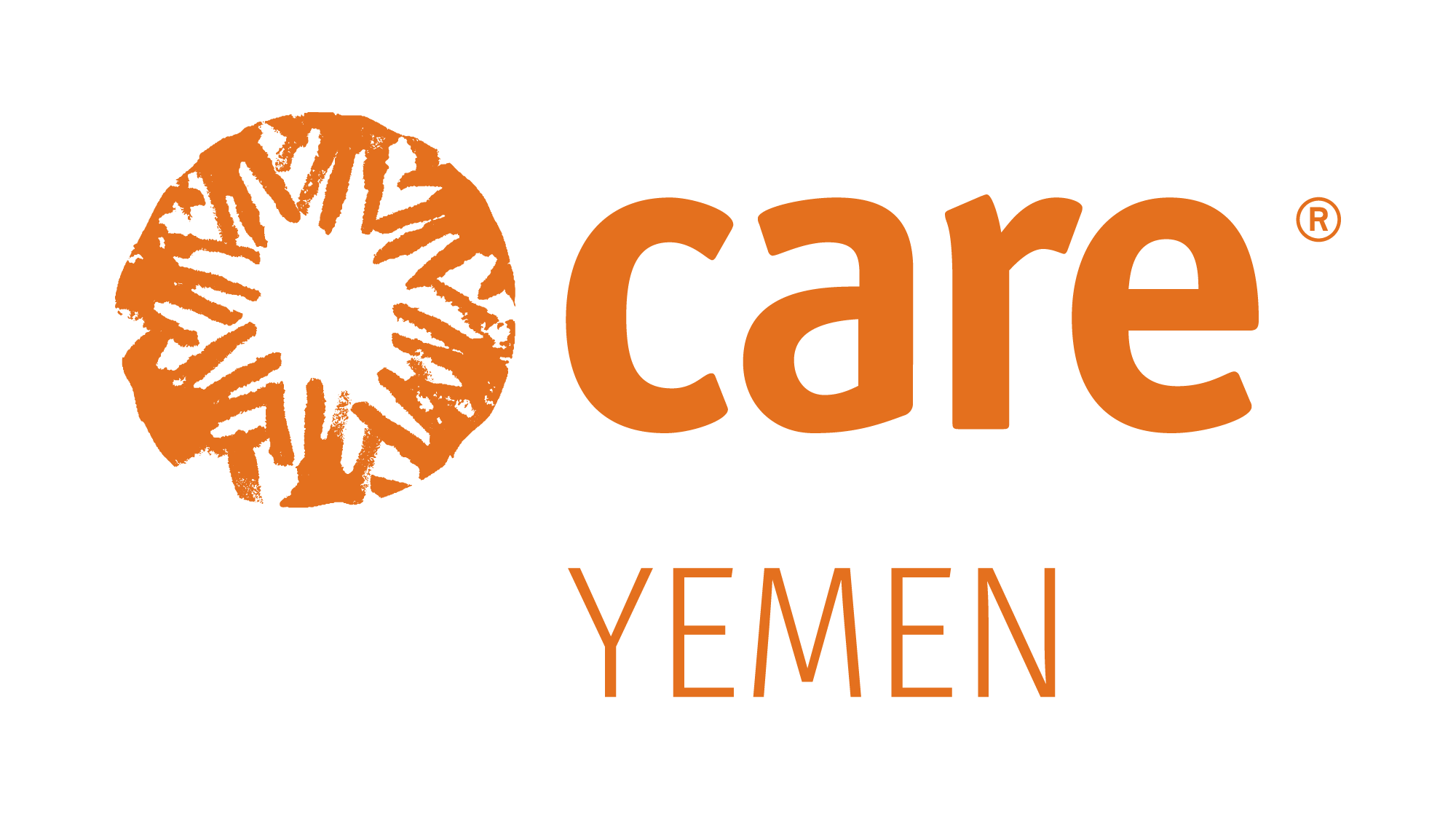As you move between the villages and the districts of Yemen, your eyes are drawn to the women in the fields planting and harvesting, feeding sheep and cows, in their homes preparing food, cleaning the house, clothes, raising children and other daily tasks. You also see women gathering water and carrying it for long distances; this is the case in Tharhan Valley, Asudah district of Amran Governorate.
Women in Tharhan are usually responsible for fetching water from the well. They often spend more than two hours in line, waiting to collect their allocation of water from the open well. This means leaving all housework and their little children alone until they come back carrying the water bottles on their heads. Most girls of school-going age have left school and either work at home or in the fields, often looking after younger siblings or helping their mothers to fetch water.
Women fetching water were at risk of falling into the well as they stood in line. Many such incidents have happened; sadly three girls fell into the well and drowned, while other women have fallen in and were fortunately rescued from drowning. These women are still suffering from injuries and diseases as a result of these accidents.
After almost five years of conflict in Yemen, 17.8 million people do not have access to clean water and adequate sanitation. Extremely high fuel prices mean that water has not been trucked in to many locations, especially the most remote villages, for a long time. This is leading to an increase in cholera cases, particularly for children under five, who make up a quarter of all cases.



